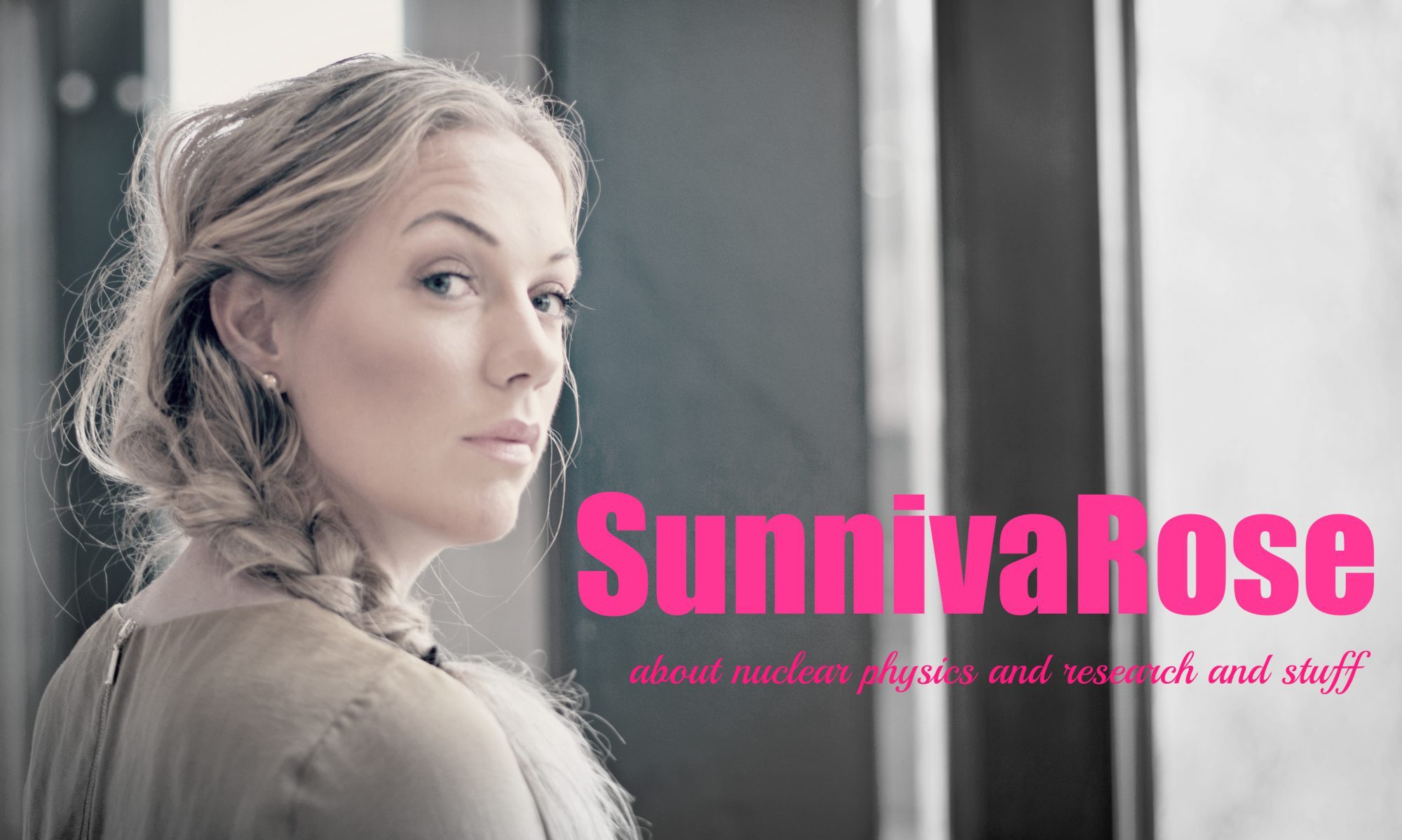...or maybe not that bad - but I admit that I didn´t manage to see the advent calendar through :/ I blame christmas, though 😉
And, I guess, the fact that the last month probably has been the busiest one in a while - and in addition to rest of the christmas present wrapping that has to be done, there´s also the travel bill from the trip to Berkeley and a backlog of about 100 e-mails (that I should do today). Next year I´ll be more prepared for the advent calendar, so hopefully it will be even better than this year 😛
Anyway, here are some snaps from my livingroom in Rose-slottet (Rose castle <3) last night and now - in ten minutes, or so, Alexandra will come, and we will fix the rest of the presents together, and suddenly my dad will be here, and then we´re driving home for christmas 😀
























